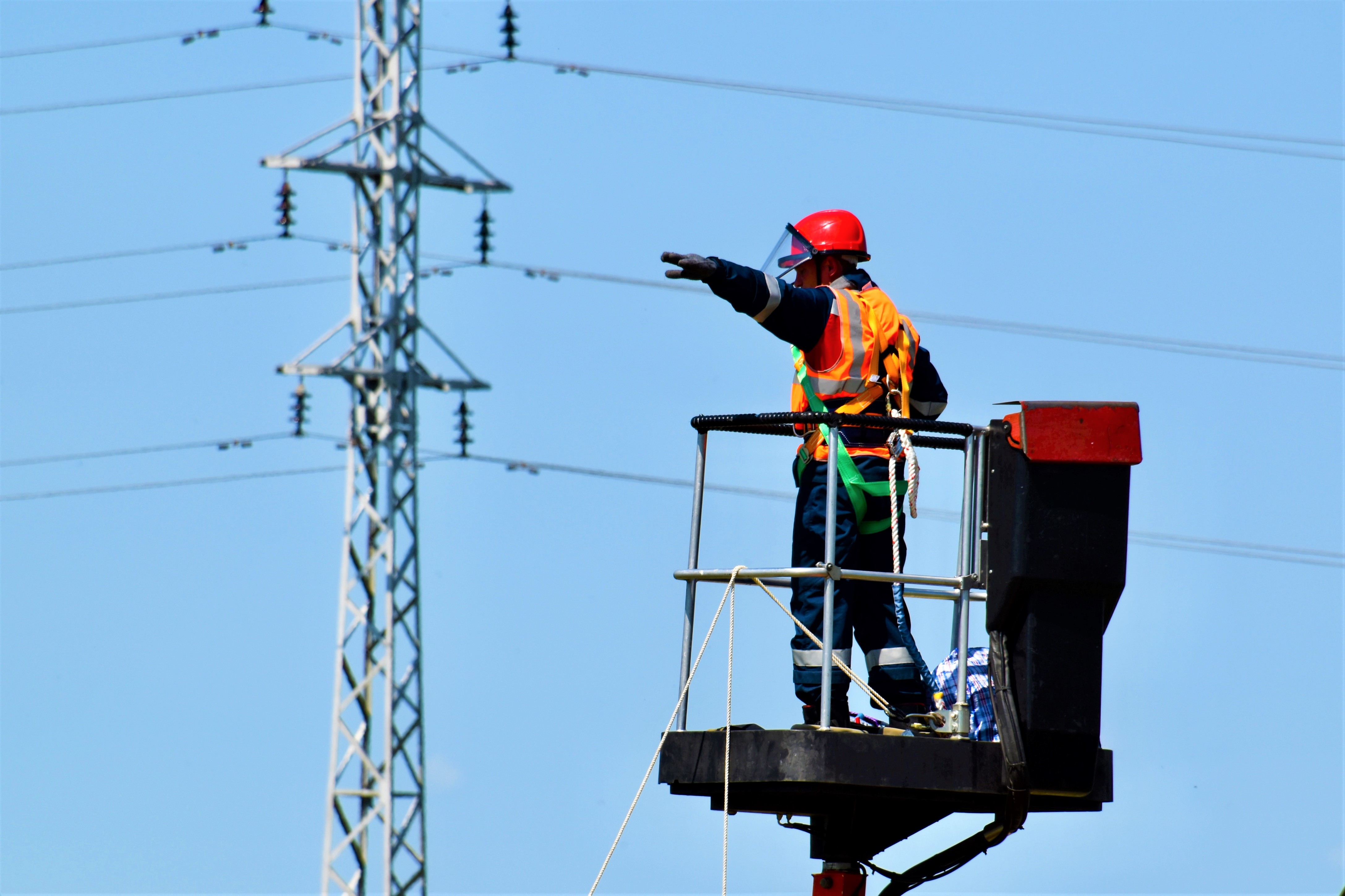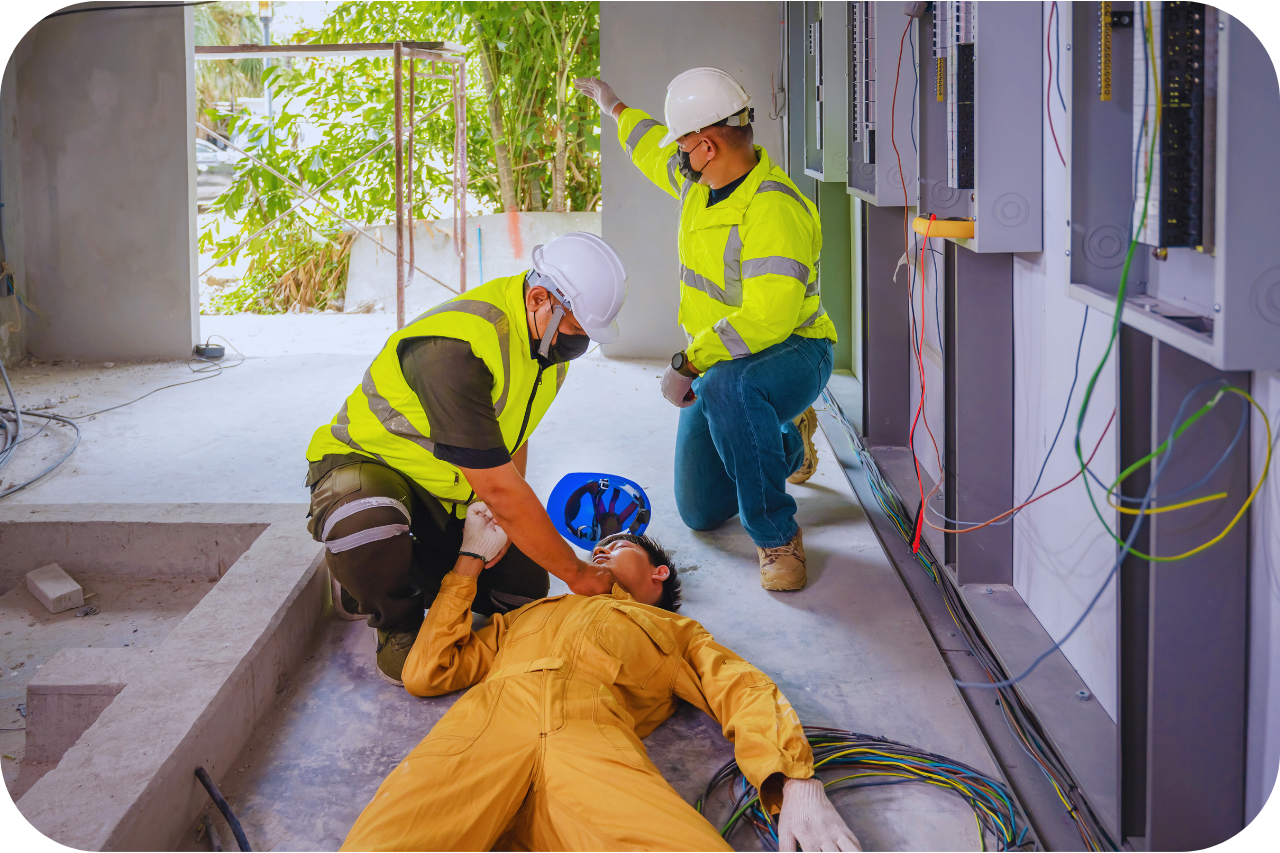Introduction
In today's hectic work environment, making sure the security and health of your workforce is vital. One aspect that commonly gets ignored is hand-operated handling, which describes the process of lifting, bring, pressing, or drawing things. In this write-up, we will check out reliable hand-operated handling methods that can assist keep your workforce secure and healthy and balanced. We will certainly additionally go over the significance of first aid training, consisting of CPR training and mental health emergency treatment, and just how these aspects add to a more secure job environment.
Manual Handling Techniques: Maintaining Your Workforce Safe and Healthy
Manual handling techniques are essential for avoiding injuries in the office. Inappropriate lifting methods can bring about bone and joint disorders (MSDs), which represent a significant variety of office injuries. To successfully reduce threats related to hands-on handling, organizations have to carry out training programs that stress proper techniques.
Understanding Manual Managing Risks
Before diving into particular methods, it's crucial to identify the dangers involved in manual handling jobs. According to research, poor training methods can lead to:
- Back pain Muscle strains Joint injuries Chronic problems impacting mobility
Recognizing these threats permits employers and staff members alike to focus on safety.
The Relevance of Training
Training plays a necessary function in minimizing hand-operated handling-related injuries. It's not practically understanding how to lift appropriately; it's also regarding understanding body technicians and ergonomics. An extensive manual handling training course ought to cover:
- Proper lifting techniques Risk evaluation skills Use of equipment like trolleys or forklifts
Additionally, including first help courses right into work environment training guarantees that everybody understands just how to react properly in instance of an injury.
Basic Lifting Techniques
Here are some fundamental techniques that everybody ought to master:
1. Assess the Load
- Before lifting anything, always assess its weight and shape. If it seems as well heavy or awkwardly shaped, look for aid or use mechanical aids.
2. Positioning
- Stand near the object. Place your feet shoulder-width apart for balance. Bend your knees while keeping your back straight.
3. Grip
- Ensure a firm grip on the object. Use both hands when possible.
4. Lifting
- Lift with your legs as opposed to your back. Keep the item close to your body as you stand up.
5. Carrying
- Maintain a secure posture while walking. Avoid turning your body; rather, turn your entire body by moving your feet.
6. Setting Down
- Lower the things by flexing at the knees again. Ensure that you place it down gently without going down it.
Using Equipment for Hand-operated Handling
Investing in devices developed for manual handling can considerably minimize injury threat. Below's a list of generally utilized devices:
|Tools Kind|Purpose|| ----------------|--------------------------------------|| Trolleys|For transferring hefty products|| Hoists|For raising people or heavy things|| Pallet Jacks|For relocating palletized loads|
Incorporating First Aid Training
While decreasing risks via proper manual handling is crucial, being planned for emergencies is just as vital. This is where emergency treatment training comes into play.
Types of First Aid Courses Available
General Work environment First Aid

- Covers standard emergency treatment abilities needed in different work environments.
CPR Training
- Teaches lifesaving cardiopulmonary resuscitation techniques necessary during heart emergencies.
Corporate Emergency treatment Training
- Tailored programs particularly created for business atmospheres concentrating on typical work environment injuries.
Mental Health First Aid
- Provides abilities to aid colleagues battling with mental health and wellness problems-- an essential part usually ignored in typical first aid courses.
Childcare First Aid Course
- Focuses on responding to emergency situations including youngsters-- ideal for those operating in academic setups or child care centers.
Online First Aid Course
- Offers versatility for staff members to discover at their very own rate while still covering all essential content.
Creating a Society of Safety
To keep a setting for safety, cultivating a culture where staff members really feel encouraged to speak out about dangers is essential.
1. Encourage Open up Communication
Encourage workers to report hazardous conditions without fear of retribution; this fosters an open dialogue concerning potential risks associated with hand-operated handling tasks.
2. Regular Training Sessions
Hold regular workshops on hands-on handling methods and refresher courses on first aid courses-- keeping skills sharp makes certain preparedness throughout emergencies.
3. Promote Psychological Well-being
Since mental health and wellness plays an essential duty in overall health, employers should advertise mental health and wellness awareness along with physical safety and security measures.
FAQs
Q1: What are the signs that I need hand-operated taking care of training?
A1: If staff members frequently raise hefty products or report pain after lifting jobs, it's time for detailed manual handling training sessions.

Q2: How commonly ought to we carry out first aid training?
A2: Ideally, emergency treatment training must happen annually; however, even more regular sessions may be beneficial based on workplace risks or changes in staff.
Q3: Can on-line programs be as effective as classroom-based training?
A3: Yes! On-line training courses have actually ended up being significantly interactive and supply valuable sources-- simply ensure they satisfy accreditation requirements!
Q4: What sort of tools ought to our workplace spend in?
A4: Purchase trolleys, lifts, pallet jacks, and ergonomic furniture-- these tools assist decrease injury from inappropriate hands-on handling practices.
Conclusion
In final thought, understanding appropriate manual handling techniques is essential for promoting https://firstaidworkplacetraining.com.au/ a secure and healthy and balanced labor force environment. By prioritizing extensive training-- consisting of important subjects like first aid courses-- you empower employees with knowledge vital for both avoidance and reaction during emergency situations like mishaps associated with mishandled loads.
Remember: Safety isn't simply a plan; it's a society constructed with regular initiative from every individual within an organization!
By giving effective handbooks on these methods while highlighting constant learning through accreditations such as CPR or Mental Health First Aid Courses-- business can produce workplaces where safety thrives!
